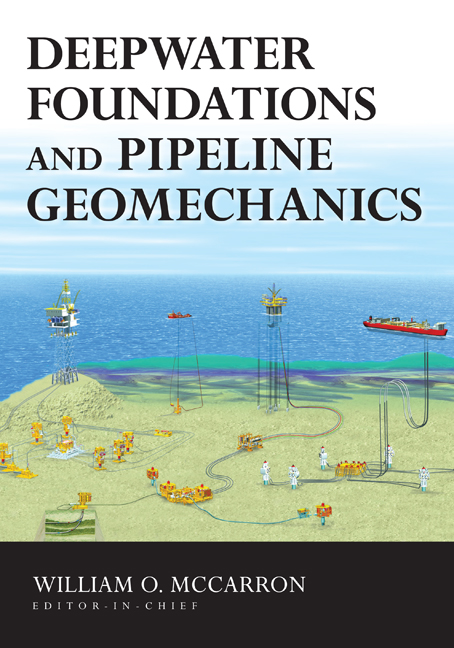Deepwater Foundations and Pipeline Geomechanics
Architecture, Construction booksEdited by William O. McCarron
Hardcover, 6×9, 304 pages
ISBN: 978-1-60427-009-9
October 2011
A Title in J. Ross Publishing’s Civil and Environmental Engineering Series
Attached Files
| File | Action |
|---|---|
| Lateral Soil Pipe Interaction (XLS) | Download |
| MATLAB Suction Pipe GUI (ZIP) | Download |
| MATLAB GUI Display HISS Surface (ZIP) | Download |
| Abaqus Input Files (ZIP) | Download |
Package data
- Total File(s) Size 450.45 KB
- File Count 4
- Last Updated May 17, 2022


